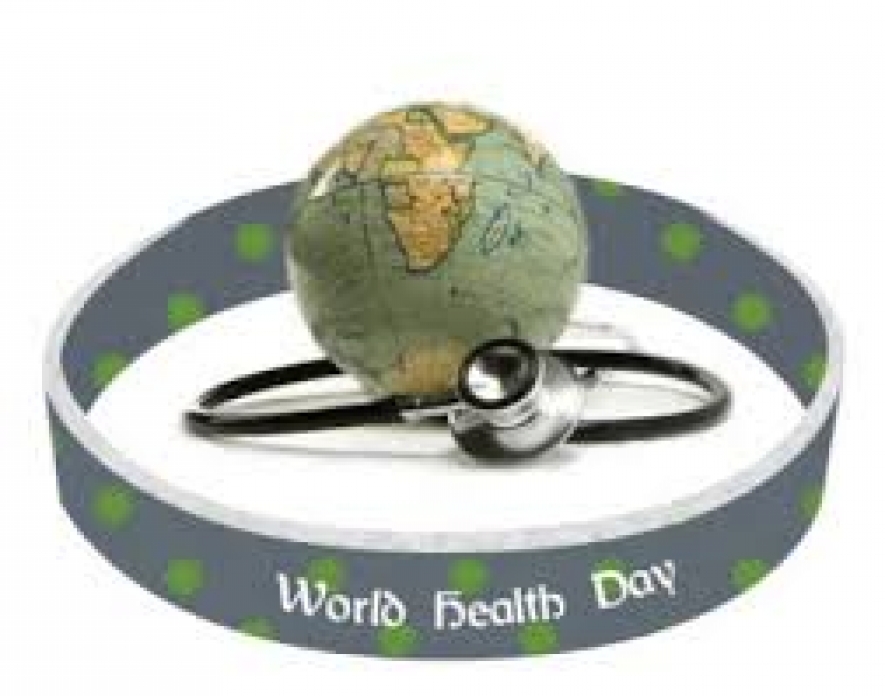“Food production has been industrialized and its trade and distribution have been globalized,” says WHO Director-General Dr Margaret Chan. “These changes introduce multiple new opportunities for food to become contaminated with harmful bacteria, viruses, parasites, or chemicals.”
Dr Chan adds: “A local food safety problem can rapidly become an international emergency. Investigation of an outbreak of foodborne disease is vastly more complicated when a single plate or package of food contains ingredients from multiple countries.”
Unsafe food can contain harmful bacteria, viruses, parasites or chemical substances, and cause more than 200 diseases - ranging from diarrhoea to cancers. Examples of unsafe food include undercooked foods of animal origin, fruits and vegetables contaminated with faeces, and shellfish containing marine biotoxins.
Unsafe food also poses major economic risks, especially in a globalized world.
At the consumer end of the food supply chain, the public plays important roles in promoting food safety, from practising safe food hygiene and learning how to take care when cooking specific foods that may be hazardous (like raw chicken), to reading the labels when buying and preparing food. The WHO Five Keys to Safer Food explain the basic principles that each individual should know all over the world to prevent foodborne diseases.
Five keys to safer food
Food safety is a shared responsibility. It is important to work all along the food production chain – from farmers and manufacturers to vendors and consumers. For example, WHO’s Five keys to safer food offer practical guidance to vendors and consumers for handling and preparing food:
Key 1: Keep clean
Key 2: Separate raw and cooked food
Key 3: Cook food thoroughly
Key 4: Keep food at safe temperatures
Key 5: Use safe water and raw materials.
World Health Day 2015 is an opportunity to alert people working in different government sectors, farmers, manufacturers, retailers, health practitioners – as well as consumers – about the importance of food safety, and the part each can play in ensuring that everyone can feel confident that the food on their plate is safe to eat.



















